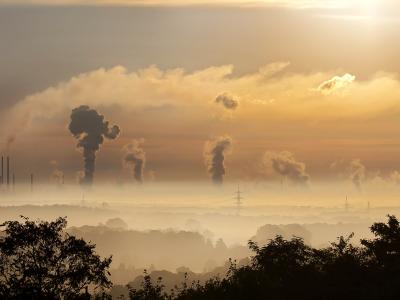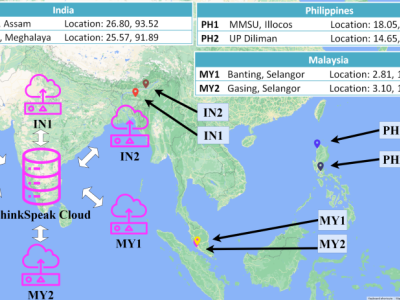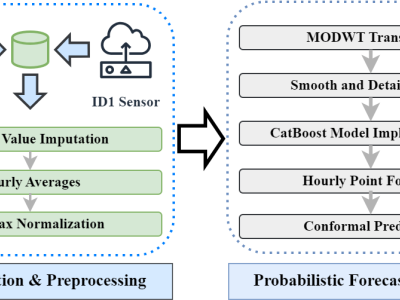
The dataset utilized in this study corresponds to the year 2019 (all months) and covers an extensive region within the Mediterranean Basin. This particular year was selected to investigate seasonal variations in column-averaged dry-air mole fraction of methane (XCH₄), providing insights into methane dynamics over different climatic periods.
- Categories:








